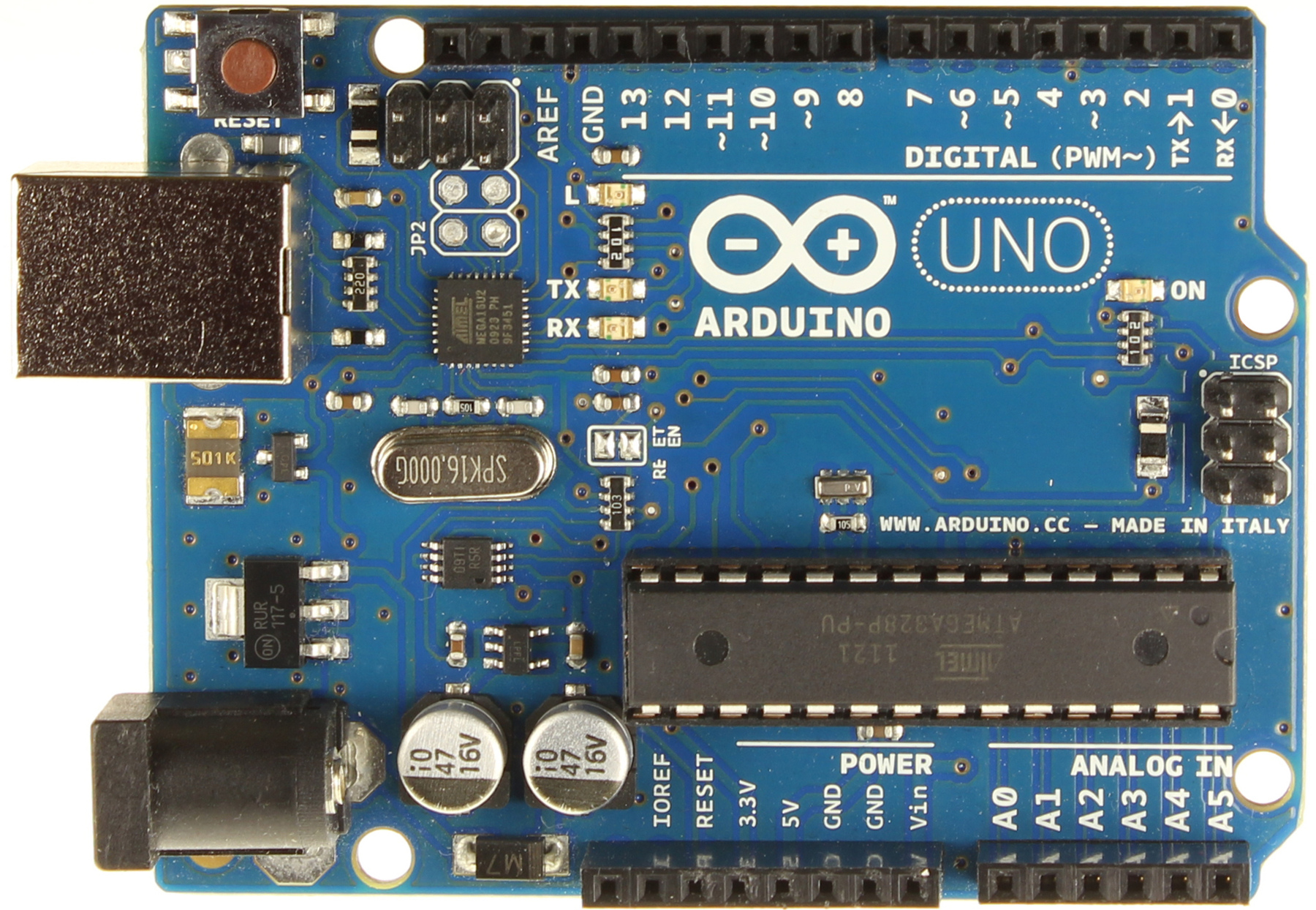
Support TWI communication using the Wire library. When the pin is HIGH value, the LED is on, when the pin is LOW, it’s off. There is a built-in LED driven by digital pin 13. These pins support SPI communication using the SPI library. Provide 8-bit PWM output with the analogWrite() function.
Uno r3 software serial#
These pins are connected to the corresponding pins of the ATmega8U2 USB-to-TTL Serial chip.

It also has 2KB of SRAM and 1KB of EEPROM. The ATmega328 has 32KB of FLASH (with 0.5 KB occupied by the bootloader). The recommended input voltage range is 7 to 12 V DC. If using more than 12V, the voltage regulator will likely need additional cooling (a heatsink), otherwise a damage may occur. If supplied with less than 7V, however, the 5V pin may supply less than five volts and the board may become unstable. The board can operate on an external supply of 6 to 20 volts. Leads from a battery can be connected to the GND and VIN pins of the POWER connector. The adapter can be connected by plugging a 2.1mm center-positive plug into the board’s power jack. External (non-USB) power can come either from an AC-to-DC adapter or a battery. The power source is selected automatically. The Uno R3 can be powered via the USB connection or with an external power supply. ATmega16U2 is used for the USB-to-TTL interface. You can also bypass the bootloader and program the microcontroller through the ICSP (In-Circuit Serial Programming) header using ISP or similar.
Uno r3 software code#
The Uno R3 comes pre-programmed with a bootloader that allows you to upload new code to it without the use of an external hardware programmer.
Uno r3 software software#
The Uno R3 board can be programmed with the Arduino Software (IDE). For use with the Arduino IDE, please choose «Arduino UNO» in the board selection menu.

UNO R3 comes with the bootloader already pre-installed. It has 14 digital input/output pins (6 of which are PWM outputs), 6 analog inputs, a 16MHz crystal, a USB-B socket, a DC power jack, an ICSP 2×3 header, and also a Reset button. UNO R3 is based on the ATmega328P with 32KB of FLASH and 2KB of RAM. Uno R3 is the ideal board for getting started with electronics! It can be used in a variety of projects.


 0 kommentar(er)
0 kommentar(er)
